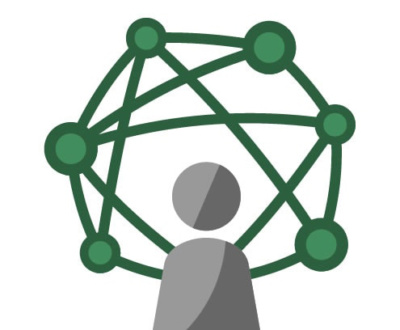End Broken Link Woes For Good With 4 Essential Concepts
- December 9, 2015
- Lists, Web Hosting
Research has indicated that as much as 5% of the links on the world wide web break every year. This figure can be much higher or lower, depending on the links in question.
Some of this churn is inevitable as content owners refresh their presence year after year, but the bottom line is that some of your links will break, and indeed, some of them may be broken right now, if you’ve had your own content online for some time.
We have a few techniques to improve our odds with external linkages long-term, to avoid this so-called link-rot and then a few technical tools to help identify and correct links that may have already gone bad on you. For more information, check out our secure web hosting services.
We start with methodology.
Know Your Link Source
It may be tempting to grab the first piece of reference content you find that aligns with your intentions, but some care must be taken when choosing the sources of the external content to which you are linking. Find primary sources if possible; meaning part of the discovery process you use when identifying content you want to link should include some source analysis. Is this writer actually referencing earlier material?
While an original source is no guarantee that you will find the best long-term location to link to, the exercise itself will likely help to assess the best long-term URL to use for your own purposes.
Some content sources are also naturally more or less inclined to change their URL structures or move content around as part of their own practices.
A daily news feed will be a constantly changing mish-mash of links, whereas Wikipedia has done a great job maintaining URL structure and content location in a consistent way.
Look at the URL Structure for Longevity Clues
See if you can tell the difference in likely longevity between these two links:
http://www.somedomain.com/archives/article-title
and
http://www.somedomain.com/spring-sale/promo/landing-page-title
Archives are usually a terrific long-term link target, whereas a landing page for a temporary promotion is usually a terrible choice for your long-term reference link.
Obviously, these extreme examples were easy to identify, but the real-world will be less clear. Keep in mind a couple of things when considering the very URL structure, to help you identify a quality target:
- Month/Year/Title is a good structure:
http://www.somedomain.com/june/2015/article-title - If a structure only contains the article title:
http://www.somedomain.com/article-title
…the structure can be long-term, but the content on the page itself can change, even while the link stays intact. What is the page about? Is the content on the page likely to remain what you need?
- If a structure is not descriptive or is very high-level:
http://www.somedomain.com/blog or http://www.somedomain.com/services
…the link, again stays intact, but now the likelihood that the content at this destination page changes is astronomically high! - Avoid truncated or shortened URLs created by services like bit.ly. These can often change or disappear over time
Less is More
This has become more and more true over time, as search engine algorithms continue to be refined. Back in the day, there was no such thing as a bad link or too many links. But those days are long-gone. Don’t link just to link. Make sure your cross-linking and external linking strategy is well-conceived, and you will need fewer links to be effective overall.
This will naturally help your cause when it comes to maintenance of links.
Also consider cutting down on the wide variation of sources. The fewer link sources you use, the fewer potential failure points you create for your self. This one can be sticky of course. If we start single-sourcing everything, we leave ourselves open to accusations of bias.
Balance is key in this regard, but it’s hard to ignore the work you’ve done to identify content sources with good link structures. If you find a good source, and they also have other pages that speak to topics you’ve linked to previously, it may be worth considering consolidating your sources, and leaning more heavily on sources with good content and URL practices.
The good news here is that most content management systems these days give users the opportunity to use good link practices.
Scan Your Links!
Everyone can scan their website for broken links. If you have a static HTML site, you can use free online tools like Broken Link Check or you can deploy a link-scanning plugin if you use an open-source CMS like WordPress or Joomla.
Don’t let your visitors check your links for you!
Finally, regularly check at least a few links manually to verify your scans. Why? As we’ve hinted a few times, the link could remain intact but be displaying different content.
Nothing beats some TLC on one’s own website, checking the overall user experience, and with some pragmatic concepts, and a few tools to assist, there is no reason why your content should be contributing to the link rot all around us.
Stay linked, my friends!
Bill lives and plays in Fort Collins, Colorado. After a fulfilling career for a Fortune 50 company, Bill founded Colorado Web Design in 2012 with a passion for creative digital solutions for business. Bill likes to manage a wide variety of projects and tasks for his clients in the digital space. The creative elements of website design, application design, and marketing are enough to keep anyone busy and engaged, but wiping the slate clean over and over at the start of new projects comes with its own challenges. "I like to start with really good client communication sessions. The rest is easy if you get started in the right way." He plays tennis, bikes, and hikes and then undoes all of that with too much delicious food and TV watching.
About Colorado Web Design
We've been building websites for Colorado businesses since 2002. We are a small team of dedicated individuals who love the challenge of each new marketing project. We live and play in northern Colorado.












